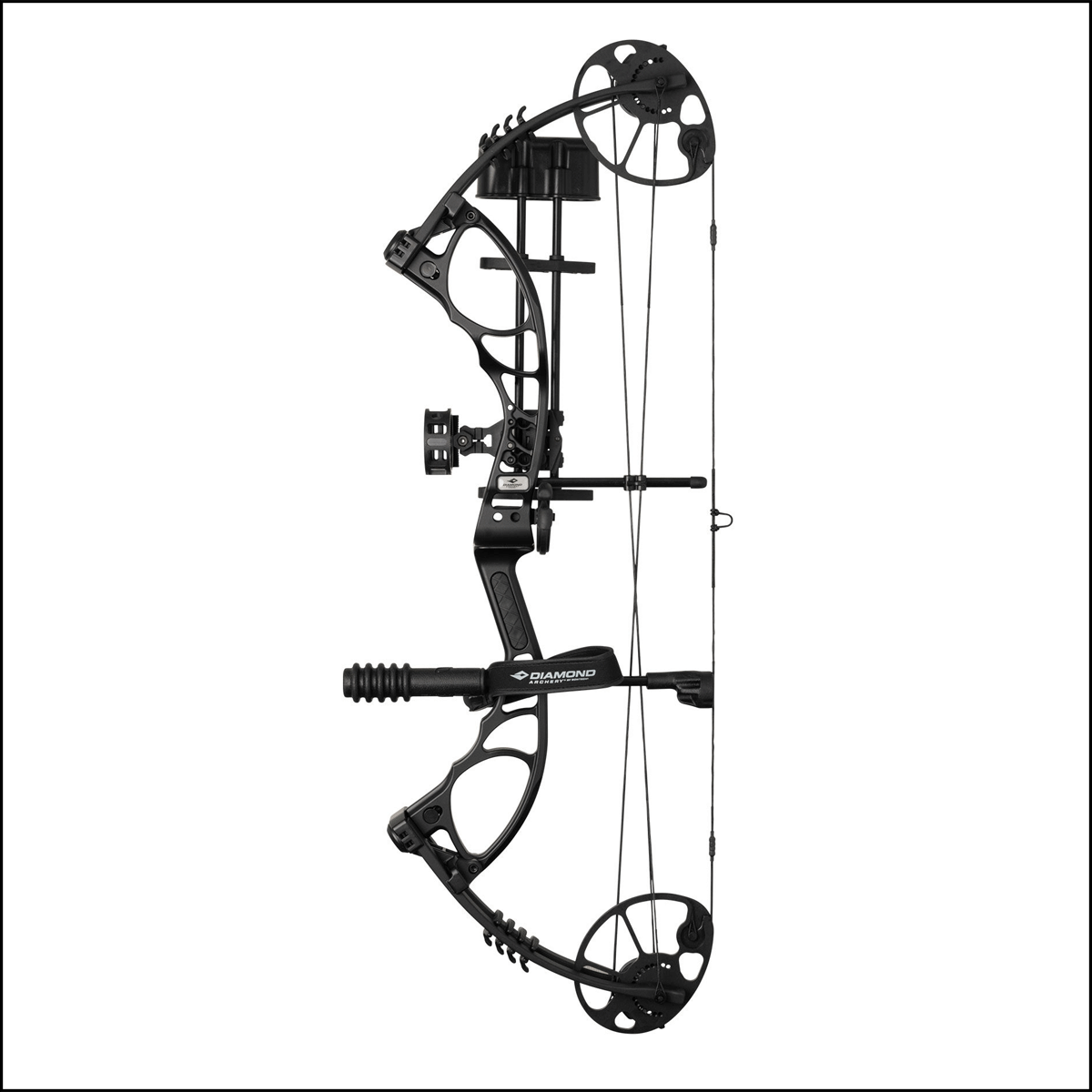Why Bow Stabilizers Issue: Boost Your Capturing Accuracy Today!
Why Bow Stabilizers Issue: Boost Your Capturing Accuracy Today!
Blog Article
Maximize Your Archery Precision With These Bow Stabilizer Strategies
One essential aspect that can significantly influence your performance is the proper utilization of bow stabilizers. Whether you are a seasoned archer looking to refine your abilities or a newcomer excited to boost your accuracy, mastering these bow stabilizer methods can be the key to striking your mark with unmatched uniformity.
Advantages of Using Bow Stabilizers
Making use of bow stabilizers can dramatically improve an archer's accuracy and total efficiency by lessening bow torque and resonance. Bow torque, brought on by the unequal circulation of weight in the bow, can lead to variances in shot placement. By attaching a bow stabilizer, the weight is rearranged, lowering the impacts of torque and assisting the archer achieve a more regular shot. Furthermore, bow stabilizers moisten resonance, which not just enhances the comfort of capturing but additionally stops the bow from jumping upon launch, hence helping in preserving correct aim.
Furthermore, bow stabilizers can assist in holding the bow constant, specifically throughout gusty conditions or when shooting from longer distances. The added weight at the front of the bow supplies stability and equilibrium, allowing the archer to concentrate on aiming without the distraction of bow motion. In general, the benefits of making use of bow stabilizers extend past just accuracy, boosting the archer's experience and performance in different shooting scenarios.
Picking the Right Bow Stabilizer
Picking the ideal bow stabilizer is important for enhancing your archery tools and enhancing shooting efficiency. Larger stabilizers can help minimize bow torque and take in even more resonance, leading to a steadier purpose.

Lastly, consider the layout of the stabilizer. Some stabilizers come with adjustable weights or dampeners that permit you to personalize the equilibrium and feel of your bow. Ultimately, selecting the appropriate bow stabilizer entails locating a balance in between weight, design, product, and length to enhance your shooting precision and general efficiency.
Appropriate Installation Strategies
To make certain ideal performance and safety and security in archery, understanding proper setup techniques for your bow stabilizer is necessary. The blog here first step in setting up a bow stabilizer is to identify the right placement on your bow. A lot of stabilizers are affixed to the front of the riser, listed below the grasp, to help counterbalance the weight of accessories such as quivers and views. Ensure that the stabilizer is not conflicting a knockout post with other parts or hindering your capturing type.
Next, firmly affix the stabilizer to the bow utilizing the proper placing equipment. It is essential to tighten the stabilizer well to stop any type of wobbling throughout shots. Some stabilizers include adjustable weights that can be added or gotten rid of to fine-tune the balance of your bow. Trying out various weight arrangements to discover the optimum equilibrium that fits your capturing style.

Adjusting Stabilizer Weight and Length
After ensuring the proper setup of your bow stabilizer, the following action involves changing the weight and length to optimize its efficiency in improving archery precision. The weight of the stabilizer plays an essential duty in decreasing bow activity throughout the shot cycle.
A longer stabilizer can supply greater security by increasing the distance between the bow and the weight at the end of the stabilizer. Conversely, a shorter stabilizer provides more ability to move and might be preferred by archers who value agility and quick movements throughout capturing.
Advanced Stabilizer Tuning Tips
Achieving optimum bow stability and precision in archery demands a nuanced method to sophisticated stabilizer adjusting. Advanced stabilizer tuning involves fine-tuning various parts to improve the bow's equilibrium, reduce vibration, and boost total accuracy.
Another vital facet of innovative stabilizer tuning is enhancing the damping homes of the stabilizer system. This can be accomplished by incorporating extra moistening devices such as rubber dampeners or harmonic stabilizers to even more lower vibration and noise. Additionally, discovering various materials for the stabilizer construction, such as carbon fiber or light weight aluminum, can also influence the bow's efficiency by modifying its weight distribution and stiffness. By carefully adjust these innovative stabilizer components, archers can maximize their accuracy and consistency on the array or in competition.
Final Thought
In verdict, optimizing archery precision bow stabilizer can be attained with the correct option, setup, and adjustment of bow stabilizers. Overall, including bow stabilizers right into archery practice can lead to better performance and raised accuracy.
Making use of bow stabilizers can considerably enhance an archer's precision and general efficiency by lessening bow torque and resonance. Longer stabilizers provide greater stability and balance, particularly for long-distance capturing, while much shorter stabilizers provide more versatility and are much easier to maneuver in limited spaces (bow stabilizer). Carbon fiber stabilizers are durable and light-weight, while light weight aluminum stabilizers are durable and provide superb vibration wetting
A longer stabilizer can offer better security by raising the distance in between the bow and the weight at the end of the stabilizer.Another critical facet of innovative stabilizer adjusting is maximizing the damping residential or commercial properties of the stabilizer system.
Report this page